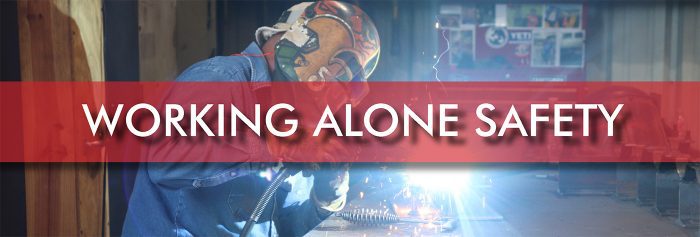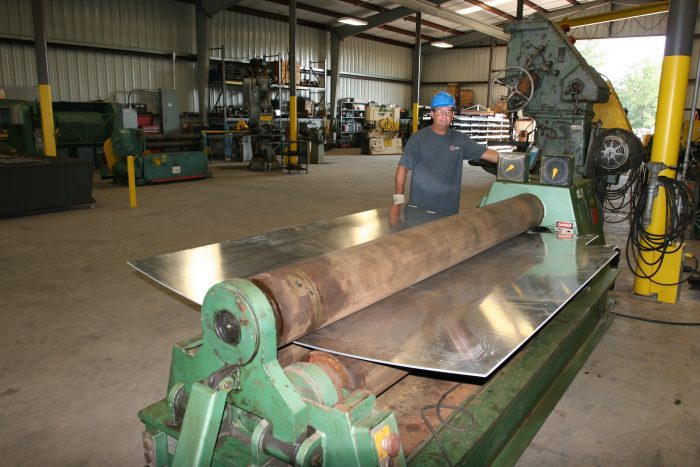WORKING ALONE SAFETY

Cogbill Construction Weekly Safety Tuesday, July 6th, 2021
In the day-to-day operations in the industrial sector, there are times when an employee may need to work alone. This could occur if an employee, for example, is performing a process he specializes in, or when only one person is required to fulfill a task or an order after hours. In such cases, it would be wise that such persons working alone be checked on by supervision or company management, or even a co-worker, to ensure no incidents regarding security, health, or safety have occurred.
OHSA places a primary responsibility on supervisors to ensure the well-being of workers under their supervision and direction. Though supervisors will need to determine the risk factors and the method of supervision required for persons working alone, both supervisors and employees have responsibilities to ensure safety is of the highest priority.
Supervisor
It is the supervisor’s responsibility to evaluate work assignments on a case-by-case basis, considering the following:
- Any regulation, code or existing policy that prohibits a person from working alone.
- Tasks and associated hazards involved in the work being assessed.
- Potential consequences resulting from the worst case scenario.
- Personal safety issues including, but not limited to, physical disabilities or medical conditions.
- Probability of other people being in the area if emergency assistance is required.
- Security of the work area.
Employee
It is the employee’s responsibility to:
- Participate in the evaluation of the risks associated with the work and the work environment
- Follow any procedures outlined in the JSA.
- Work in the safest possible manner at all times.
- Any employee working alone must have a cell phone on their person.
- Employee’s working alone must check in at the beginning of shift and check out at the end of their shift.
- Periodically verify the health and safety status of any other worker(s) if participating in the buddy system.
- Determine who will act as a “buddy”, should the buddy system be required, and ensure that the buddy is available as agreed.
Oftentimes, accidents only take a second to strike and without warning, especially in an industrial setting such as fabrication or machining shops, construction sites, assembly lines, plants, mills, etc. The disastrous effects of such incidents can often be minimized if a rescue or first aid is enacted immediately. As such, working in pairs or groups is always better than working alone, and this could certainly save a limb or even a life.




